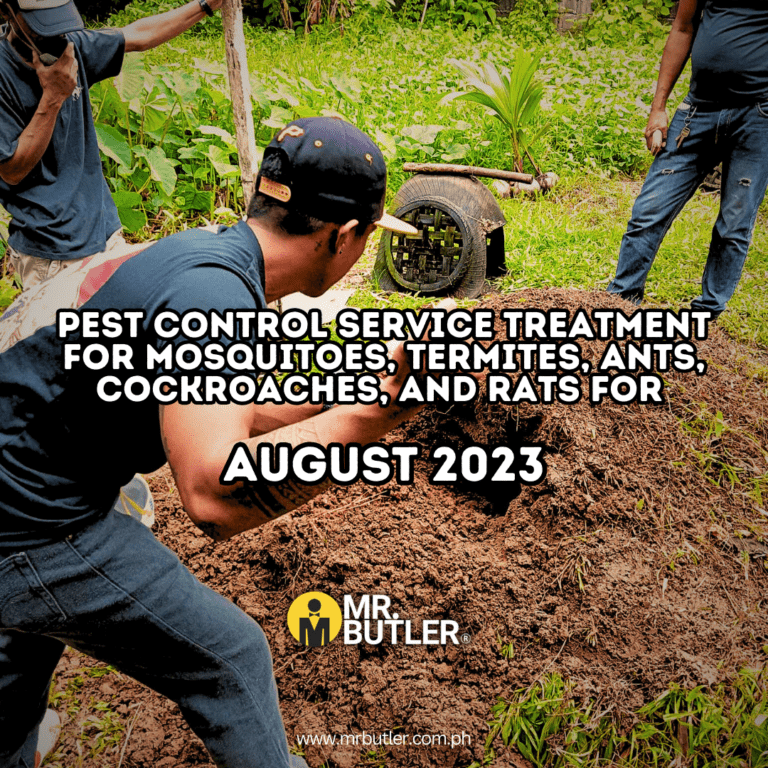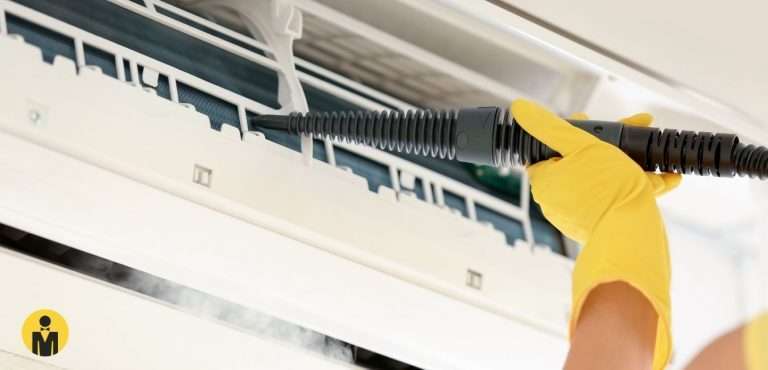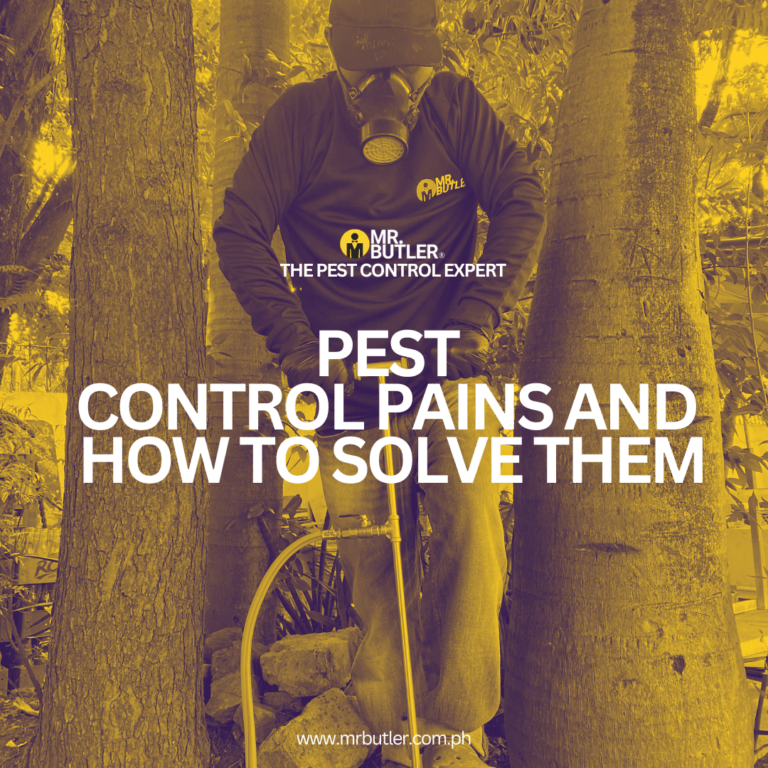What are Termites?
Termites are very destructive insects that cause billions of pesos of damage to properties not only in the Philippines but all over the world. It’s widely distributed but it mostly thrives in tropical and semi-tropical places. Hence, it should not then be a surprise that this pest is one of the many problems of homeowners in their homes.
Termites normally have three castes: a king, queen, workers, and soldiers. The “Queen” lays the eggs. The male termite is called the “King”. The “Soldiers” protect the colony from enemies. And the “Workers” are responsible for looking for food to feed the colony, building the nest and gathering the eggs laid by the Queen, and bringing them to nurseries. These workers are the culprits that cause damage to properties. They just eat and consume 24/7, without stopping.
There are two types of termites known, based on their habitat:
- Ground dwelling termites or subterranean termites
- Wood dwelling termites or non-subterranean termites
The most destructive termite is the subterranean termite. There are four known subterranean termites in the Philippines but the most known type to be invading houses is the Philippine Milk Termite.
How do they get inside your houses?
Termites use three common paths to get inside a house or building.
First, they attack wood that is in direct contact with the ground soil.
Second, they enter through cracks and voids in slabs, foundations, and piers.
Third, they construct shelter tubes over materials they cannot go through in order to reach can be useful to them.
Signs your house is infested by termites
Many times, a homeowner may not realize that his/her house is already infested by termites. We can’t blame them because termites work their way almost invisibly. When a house or building becomes termite-infested, there are signs of their activity that can be detected. Termites cannot travel in the open like ants do because their body wall is thin and exposure to even an ordinary atmosphere causes excessive evaporation of their body fluid, it becomes necessary for them to construct shelter tubes as they go along.
- The presence of shelter tubes is one of the obvious signs of the presence of termite infestation.
- The appearance of the swarms of flying insects that are attracted to light at night especially after a light afternoon shower.
- The presence of discarded wings from swarmers.
- The hollow sound of wood when tapped with a hard instrument.
- Uneven wall panels are sometimes an indication of termite activity within double walls.
- The presence of live termites infesting wood or commodities.
How to control termites?
As it is always true in many cases, prevention is better than cure. Pre-construction treatment is the best way to protect your home from termites. This is normally done by conducting soil poisoning during the early stages of house construction. Most of the pest control operators give 5 years warranty for providing this service.
If this is not done before a building is constructed or if it was not done properly, Post-construction treatment is the next best thing. In fact, it’s the only solution left to do to save your home.�
What can you do to prevent termite damage?
- Regularly inspect the foundation and perimeter walls around your home for signs of shelter tubes, cracked or bubbling paint, and wood that sounds hollow when tapped
- Reduce moisture around the home
- Monitor all exterior areas of wood
- Make sure to repair and seal cracks on the outside of the home. Termites can sneak in these cracks to reach the closed wood to start the infestation.
- Inside your home, you should reduce humidity through proper ventilation of crawl spaces, attics, and basements
If the termite infestation is already advanced, it is advisable to call a pest control specialist to take care of the problem for you.







